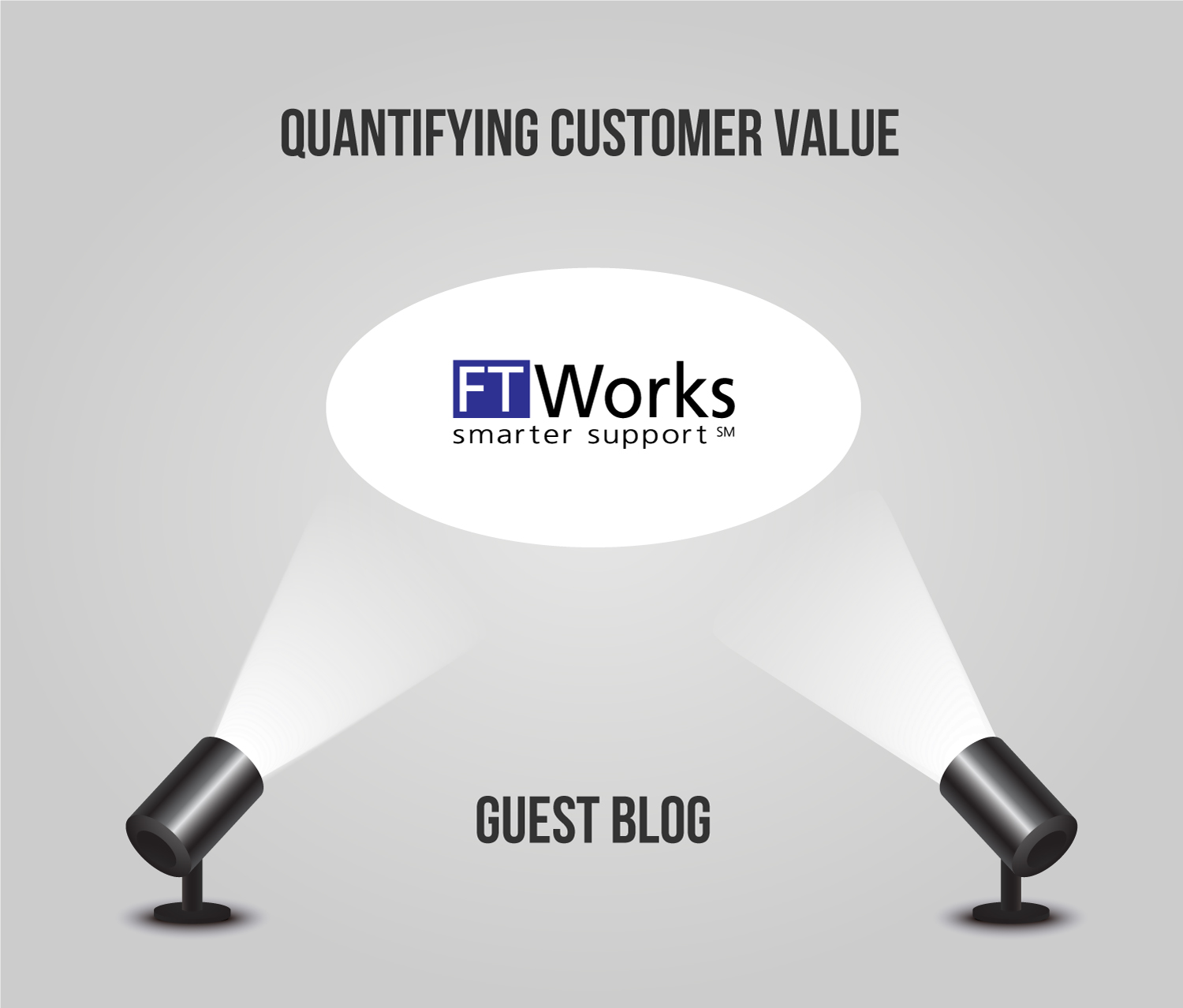What’s the Problem?
Customers want to be sure that they are getting their money’s worth from their investment. Vendors, especially when using subscription models, want to demonstrate that their solutions provide savings or revenue opportunities in order to prevent churn and maximize expansion opportunities—but as we will see it’s not easy to do.
Certainly, customers may experience qualitative, non-quantifiable benefits of using your products and services, and such benefits can be very sticky and worth cultivating. This writeup focuses solely on identifying quantitative, measurable value.
From Activity to Outcomes
At least if you sell a Cloud solution, it’s easy to measure activity. For instance, depending on your specific product you can measure and report on:
- The number of active users
- The number of security checks performed
- The volume of queries run
- The number of marketing campaigns sent
- The amount of storage space used
- The number of invoices processed
Activity is very important (if there is no activity, there likely won’t be any value), but it does not equal outcomes. For example, the customer may have sent dozens of campaigns but not sold anything as a result, perhaps because the campaigns were poorly designed, were sent to the wrong target audiences, or were botched by your software.
Depending again on your specific product, you may be able to capture data that is closer to an outcome, for instance:
- The percentage of campaign recipients who clicked on links (not just the number of campaigns sent)
- The number of security issues you detected (not just the number of security checks performed)
- The timeliness of payments made through your product (not just the number of invoices processed)
Outcomes are much more interesting than mere activity, but they still fall short from value.
Quantifying Value
Quantifying value usually requires specific knowledge of your customers’ use cases. For instance, reprising the campaign example, above, if you are able to follow the campaign clicks all the way to orders, you can generate an estimate of the revenue generated through the campaigns (estimate because customers could make a purchase after viewing the campaign, but without clicking from the campaign itself). Alternatively, if you cannot follow the clicks to individual orders, you can apply an average order size, either for a particular customer or for their industry.
The marketing campaign example is straightforward, but computations can be much more onerous depending on your product. Let’s say you sell security solutions and you detected 30,000 security issues last quarter. Is the value to the customer 30,000 times the average damage expected for each issue? Millions of dollars because a single security breach could destroy the company? Close to zero because you failed to detect one huge breach? Your customers need to buy into the methodology ahead of time.
Also, the way you quantify value may change over time. If your customer automates a process, it makes sense to conclude that the first year they save the cost of the manual process. But what about after several years? Using the cost of the now-obsolete process as the saving becomes less and less meaningful. It may be best to highlight additional savings from the previous year based on higher usage and additional functionality for the product.
How can you capture the value scenarios? A skilled Customer Success Manager can identify the customer’s business and use case(s) to determine what computations make computations can be made. And over time, you can identify recurring categories of use cases and quickly slot customers’ specific use cases into the categories for quick analysis.
If customers balk at sharing detailed figures, they may be amenable to sharing averages or proxy numbers. As a last resort, use industry averages.
Showing Extra Value
Once you have a methodology to estimate value, share your estimates as part of business reviews. A good customer success process also delivers recommendations for improvements, specifically:
- Comparisons with other (anonymized) customers. Is the customer’s campaign click rate higher or lower than average? Is their DSO decreasing in step with other customers?
- Best practices gleaned from your customer base. What are other customers doing to create effective campaigns? What are they doing to decrease DSO? Ideally, organize the best practices by customer segments to make them more relevant.
What techniques do you use to show value? Tell us in a comment.
Francoise Tourniaire is the author of The Art of Support and the founder of FT Works, a boutique consulting firm that helps technology companies improve their customer success and support organizations. You can reach her here.

